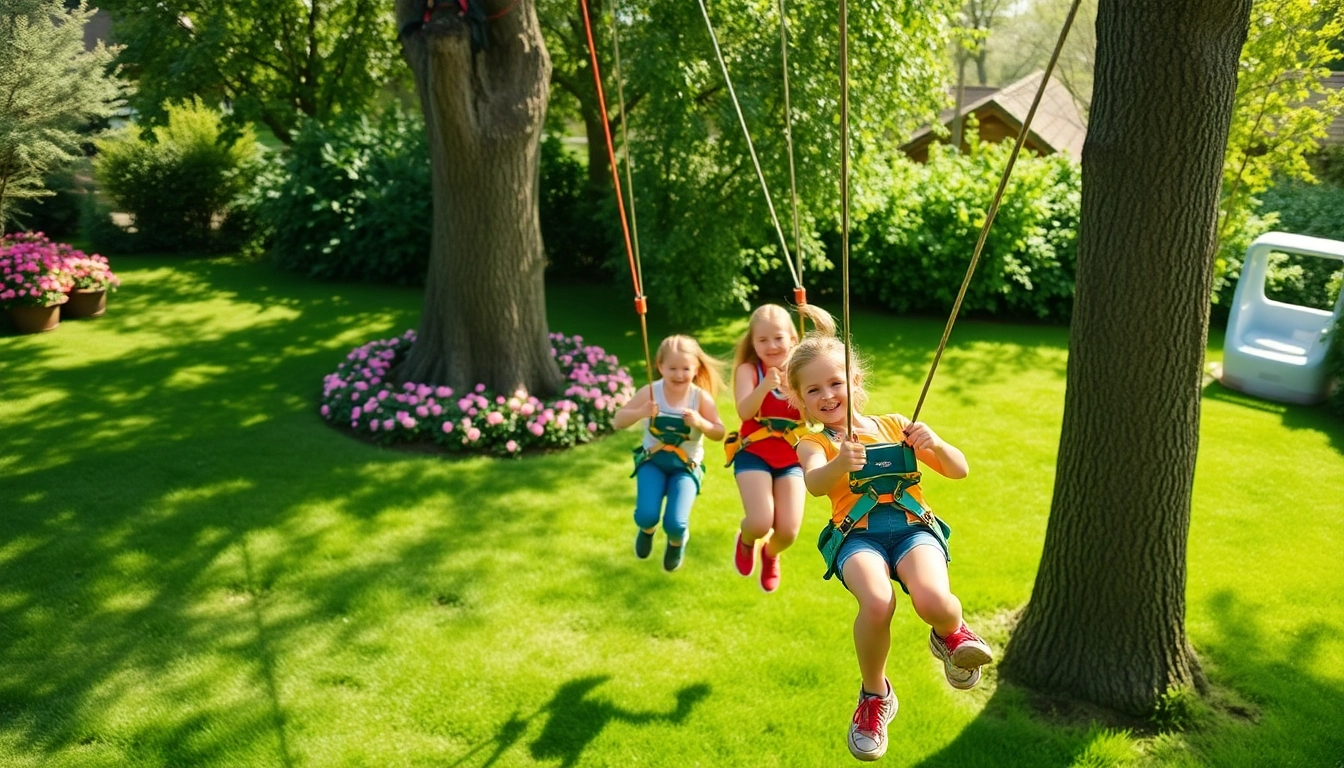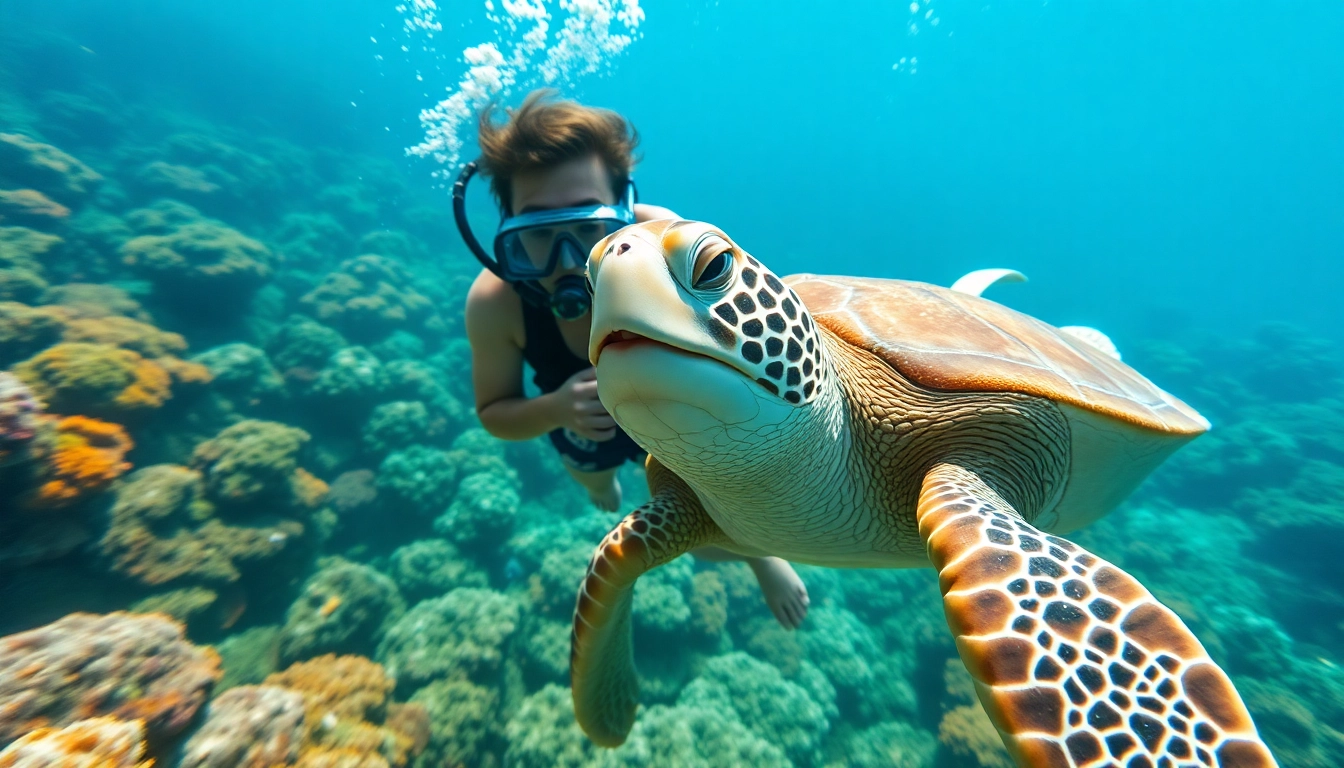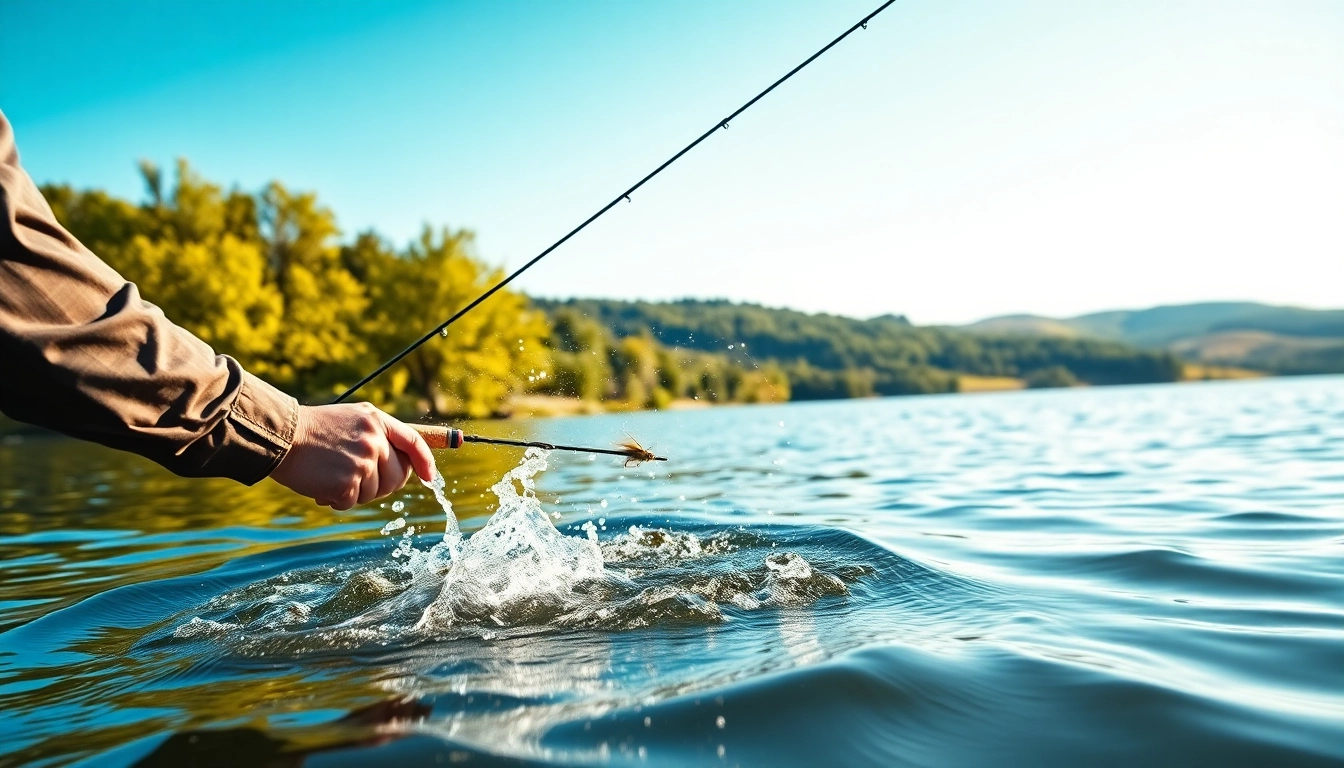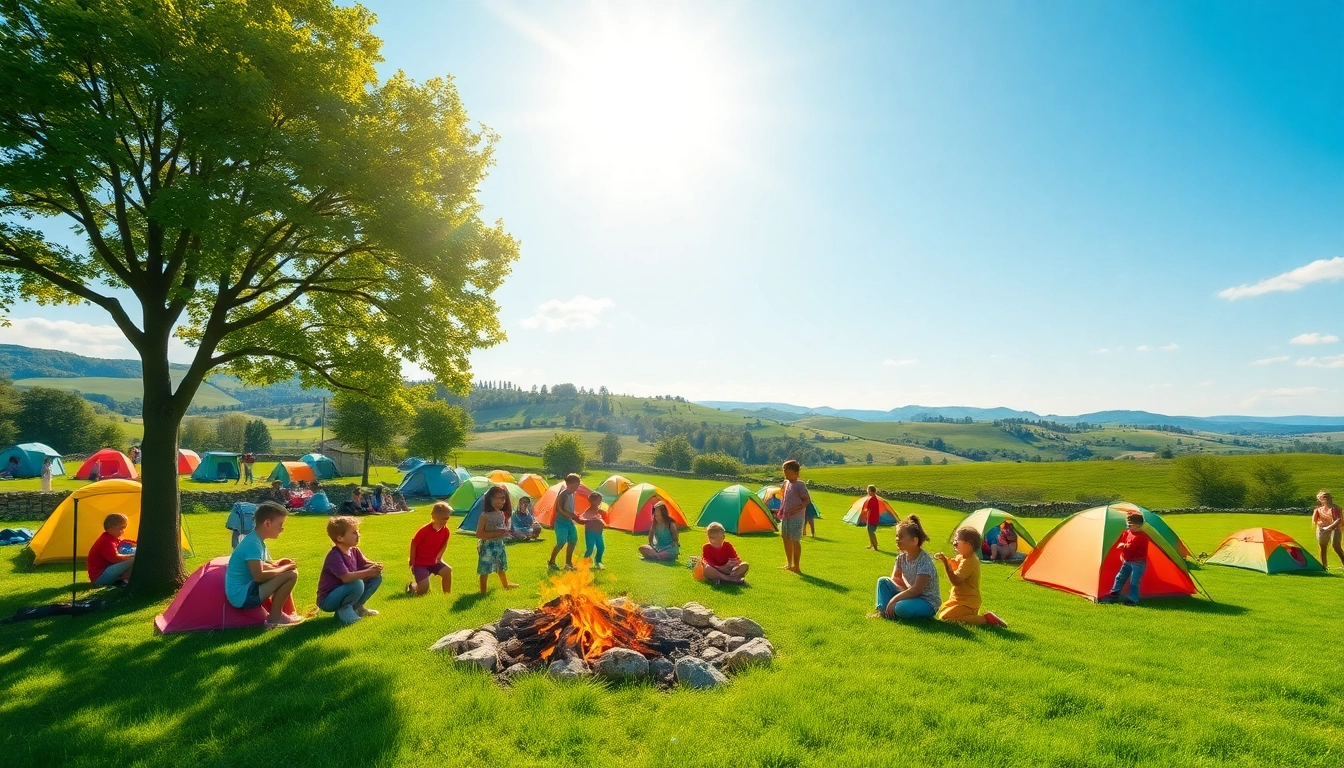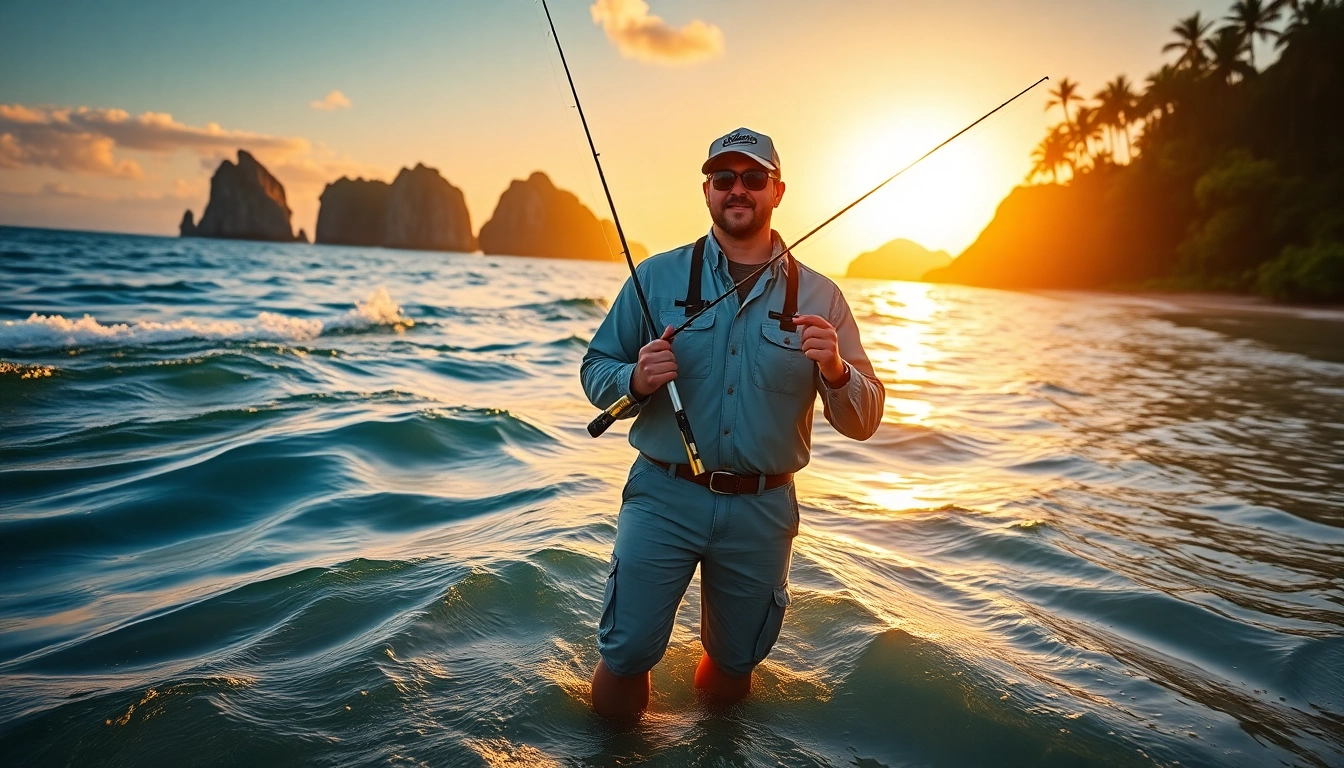Choosing the Best Watch Winder: A Comprehensive Guide for Enthusiasts

Understanding Watch Winders
What is a Watch Winder?
A watch winder is a device designed to keep automatic watches powered and ready for use when they are not being worn. These watches, which rely on the movement of the wearer’s wrist to wind the mainspring, can stop if left unworn for extended periods. By simulating wrist movement, a watch winder automates the winding process, ensuring that the watch remains operational and the timekeeping remains accurate. For watch enthusiasts or collectors, investing in the best watch winder is essential to maintain their collection in prime condition.
How Watch Winders Work
The mechanics behind watch winders are surprisingly straightforward. Most winders feature a motor that rotates the watch, mimicking the movement of a wrist. This rotation can occur in various patterns, which are often adjustable based on the type of watch. Some winders rotate in a circular motion, while others may oscillate back and forth to provide a more varied simulation of wrist movement. The primary objective is to keep the watch’s rotor functioning, thus ensuring it stays wound and maintains its accuracy.
Benefits of Using a Best Watch Winder
Investing in a quality watch winder offers numerous benefits, particularly for those who own multiple automatic watches. Key advantages include:
- Convenience: Automatically keeping watches wound means less hassle and more time to enjoy wearing them.
- Preservation: Regular movement can help preserve the lubricants inside the watch, reducing wear and the need for maintenance.
- Accuracy: Keeping the watch wound ensures timekeeping remains precise, minimizing the need to reset time or date functions.
- Display: Many winders are designed aesthetically to complement your watch collection, acting as both storage and display case.
Types of Watch Winders
Single vs. Multiple Watch Winders
Watch winders come in various configurations, catering to different needs.
Single watch winders are designed for those who possess one or two watches and are looking for an affordable and compact solution. They are ideal for casual wearers or those new to the world of automatic watches.
On the other hand, multiple watch winders can accommodate several watches at once, making them perfect for collectors. These winders often feature advanced programming options to rotate watches in different patterns, which can be particularly beneficial for varying rotor requirements.
Automatic vs. Manual Watch Winders
When discussing watch winders, it’s important to distinguish between automatic and manual options.
Automatic watch winders operate using motors and require little to no user intervention. They can be programmed to rotate at specified intervals, ensuring that the watches receive the necessary movement for optimal winding.
Manual watch winders, in contrast, usually require the user to wind the watch physically or set specific parameters. These types are often less common but can be appealing for those who enjoy a hands-on approach.
Budget-Friendly Options for Best Watch Winder
While high-end watch winders can be an investment, there are numerous budget-friendly options available without compromising on quality. Many brands offer reliable and aesthetically pleasing winders that efficiently maintain your watch collection. It’s essential to read reviews and research before making a purchase to find the right combination of affordability and functionality.
Features to Consider When Purchasing
Motor Quality and Noise Levels
One of the critical aspects to consider when selecting a watch winder is the quality of its motor. High-quality motors, often powered by well-known manufacturers, offer smooth and quiet operation. Noise levels can be vital depending on where you intend to keep the winder. A quiet, reliable motor will ensure that the winder doesn’t disrupt your space, especially in quieter environments such as bedrooms or offices.
Design and Aesthetic Appeal
Design is also an important factor when choosing a watch winder. Many models on the market provide a variety of designs, including classic wooden finishes, modern minimalist styles, and luxurious leather options. The right watch winder should complement your home decor while providing adequate storage and functionality for your timepieces.
Price Range of Best Watch Winder
The price of watch winders can vary greatly, from budget-friendly models under $100 to luxury options that can reach several thousands of dollars. It’s advisable to set a budget based on your needs and the number of watches you own. While investing in a higher-end model may be beneficial for serious collectors, many mid-range options offer excellent value and performance.
Maintaining Your Watch Winder
Cleaning and Care Tips
To preserve the functionality and aesthetics of your watch winder, regular maintenance is essential. Here are some tips:
- Dust the exterior with a microfiber cloth to prevent scratches and maintain its appearance.
- Periodically check and clean the interior to prevent any dust buildup that could affect watch performance.
- Ensure the motor and electronic components are free of debris, as this can lead to wear over time.
Proper Storage of Your Watches
Proper storage is crucial for maintaining the condition of your watches. When not in the winder, make sure they are securely stored in their boxes or pouches to protect them from dust and scratches. Additionally, ensure that your watches are kept in a climate-controlled environment to prevent damage from humidity or extreme temperatures.
Common Issues and Troubleshooting
As with any electronic device, watch winders may encounter issues over time. Common problems include motor malfunction, incorrect programming settings, or failure to recognize the watch. Most issues can be resolved by reviewing the user manual or consulting the manufacturer. In cases where repairs are necessary, professional assistance may be required.
Expert Tips for Selecting the Best Watch Winder
Evaluating Brand Reputation
Researching brands before making a purchase can greatly enhance satisfaction with your decision. Look for brands that specialize in watch accessories and come highly recommended by enthusiasts. Evaluating a company’s history and reputation online can provide insight into customer satisfaction and product reliability.
Reading Customer Reviews and Recommendations
Customer reviews are invaluable resources when shopping for a watch winder. They provide real-world insights into product performance, durability, and potential issues. Additionally, community forums and watch enthusiast groups can provide recommendations on the best watch winder that suits individual needs and preferences.
Finalizing Your Purchase Decision
After evaluating all the critical factors, consider your personal needs and how frequently you switch watches. Determine whether you prefer single or multi-watch winders and whether you need advanced programming features. Once armed with the necessary information, you can confidently select a watch winder that caters to your collection and lifestyle.
